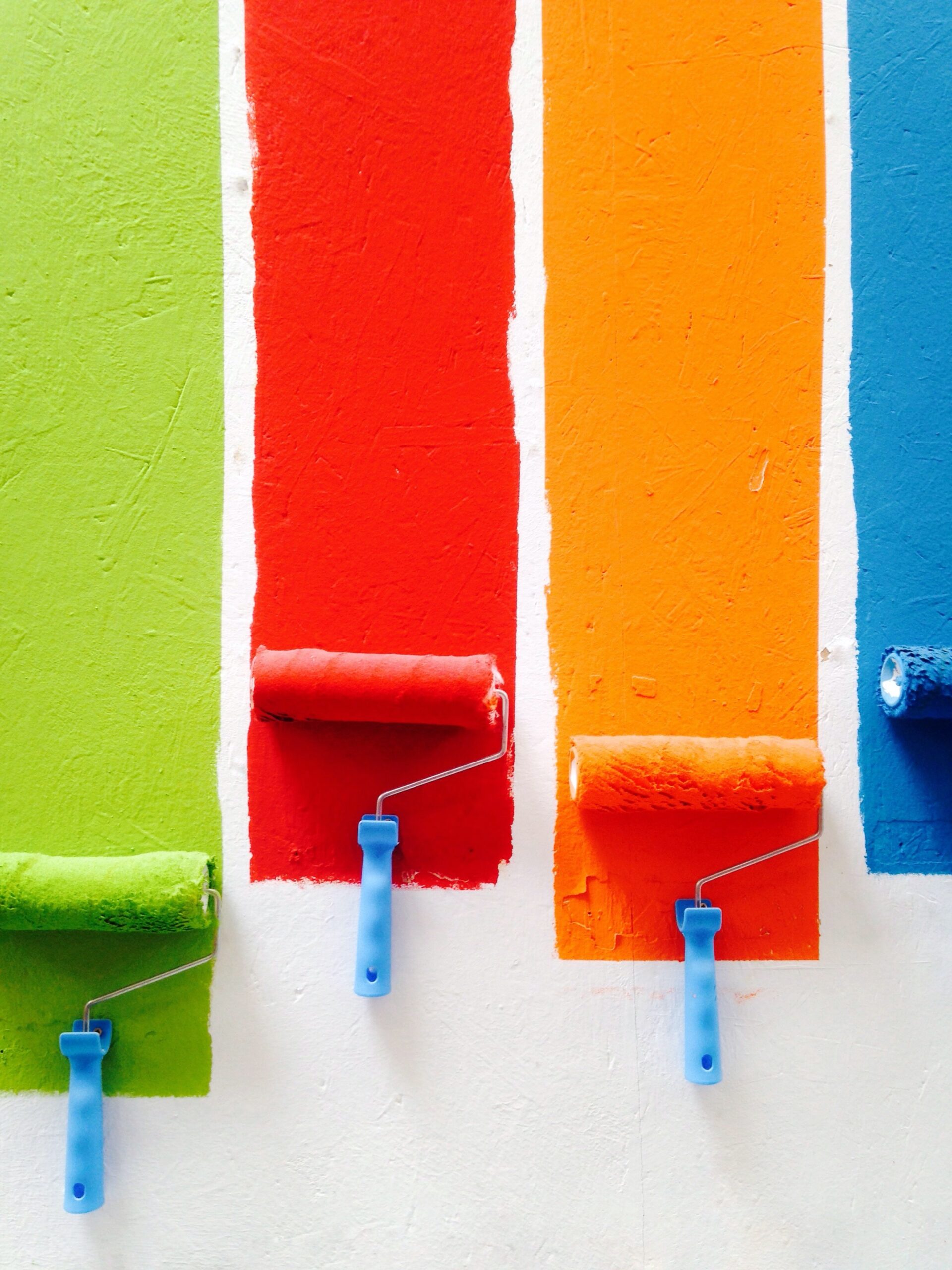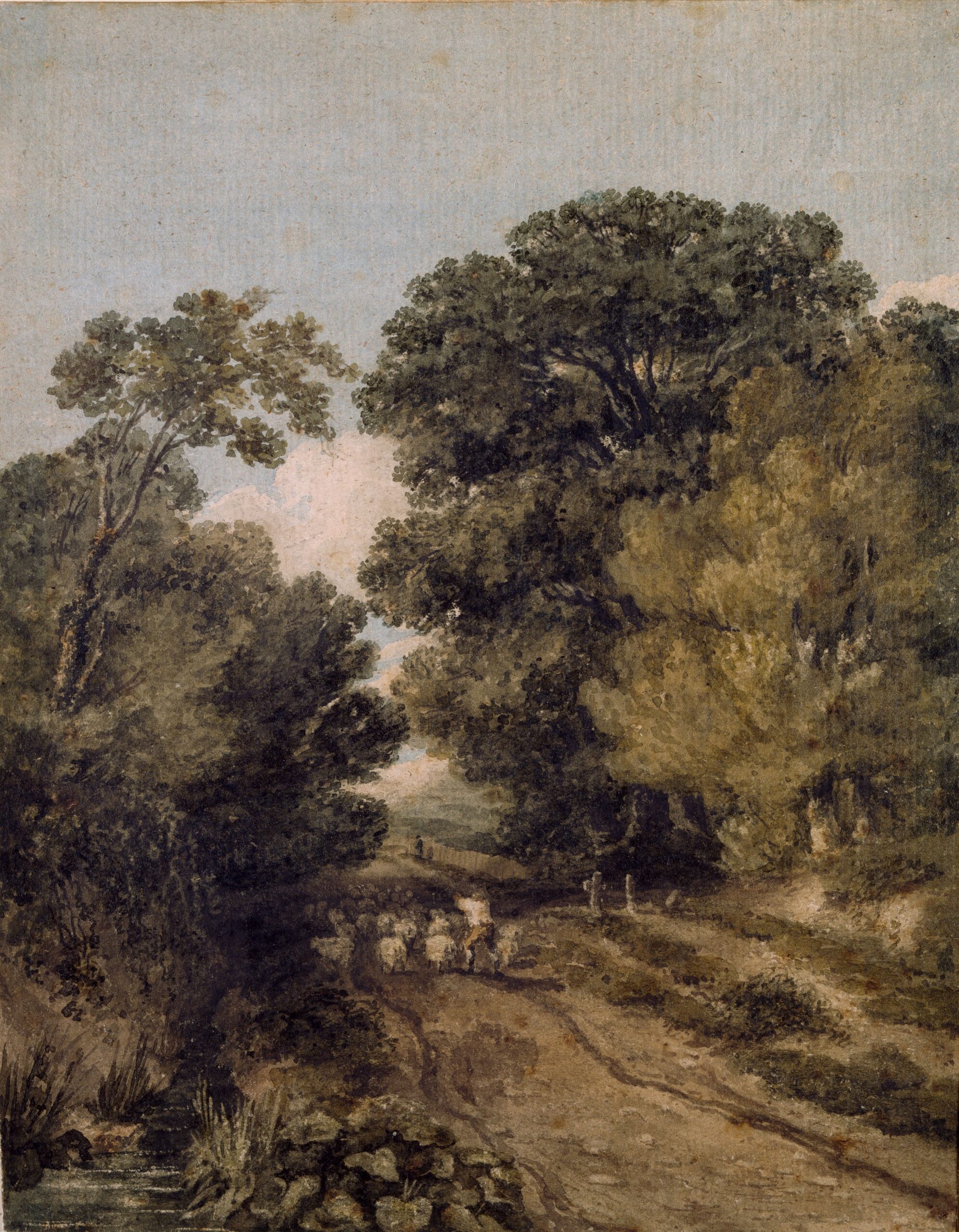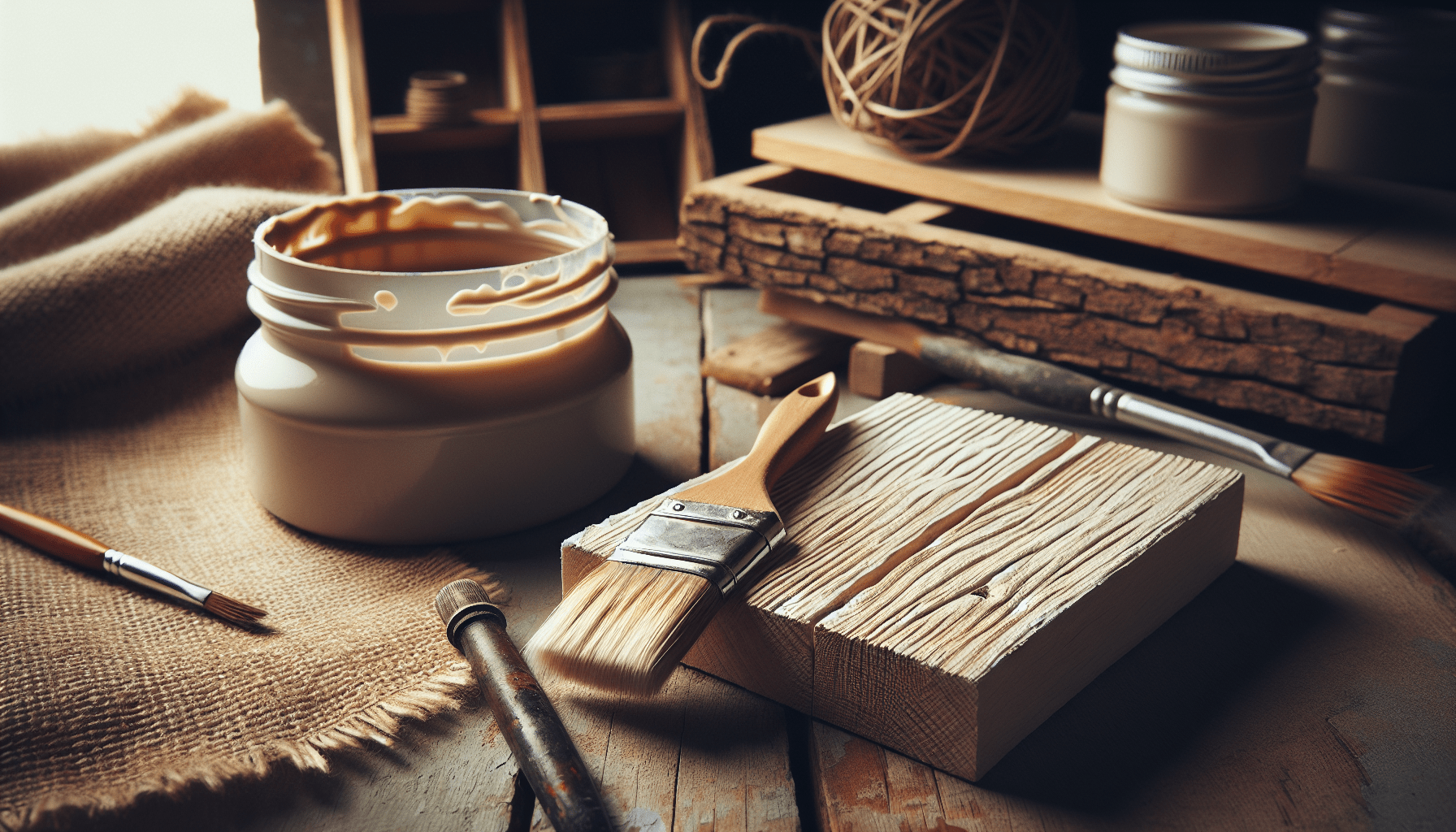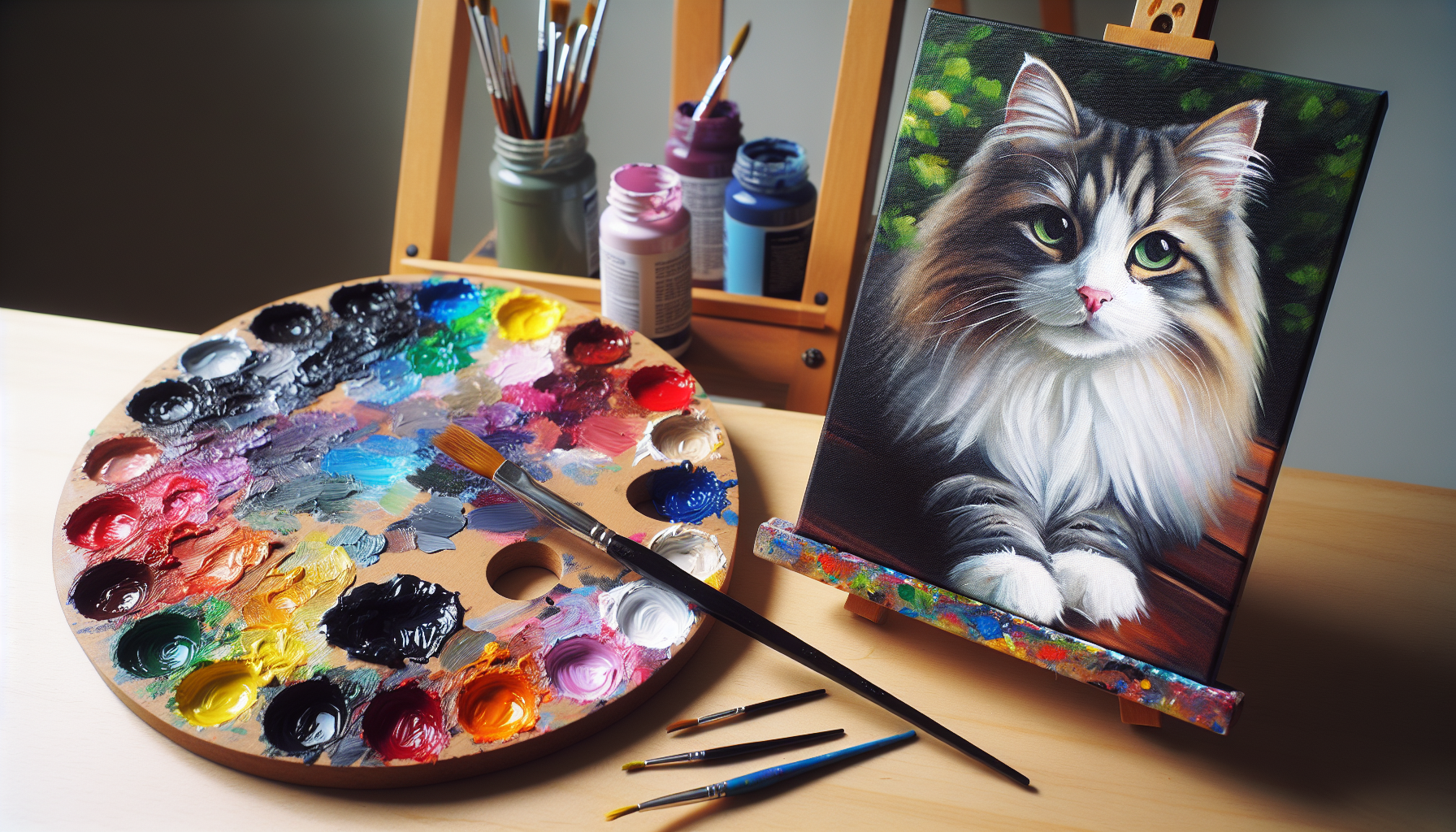Acrylic paint has become increasingly popular among both professional artists and hobbyists due to its vibrant colors and versatility. However, one question that often arises is whether or not acrylic paint is water soluble. In this article, we will explore the characteristics of acrylic paint and determine if it can be easily dissolved or thinned using water. Understanding the water solubility of acrylic paint is essential for artists who wish to manipulate its consistency and create various painting effects. So, let’s delve into the fascinating world of acrylic paint and discover the truth behind its water solubility.
What is acrylic paint?
Acrylic paint is a versatile and widely-used type of paint that is made from pigments suspended in acrylic polymer emulsion. It was first developed in the 1940s and has since gained popularity among artists, craftspeople, and hobbyists due to its quick drying time, vibrant colors, and range of applications. acrylic paint can be used on various surfaces, including canvas, wood, paper, and even glass. It can be applied with brushes, sponges, or even poured onto a surface to create unique effects.
Properties of acrylic paint
Acrylic paint possesses several distinctive properties that make it a popular choice for artists and creatives.
Drying time
One of the key advantages of acrylic paint is its relatively quick drying time compared to other types of paint, such as oil paint. Acrylic paint dries through evaporation as the water or other medium in the paint evaporates. This allows artists to work quickly and build up layers of paint without having to wait a significant amount of time for each layer to dry. However, the drying time can vary depending on the thickness of the paint application and the environmental conditions.
Viscosity
Acrylic paint comes in different viscosities, ranging from thin and fluid to thick and heavy-bodied. The viscosity of the paint affects its handling properties and the texture it creates on the surface. Thin acrylic paints are often used for washes and glazes, while thicker paints are suitable for impasto techniques or creating texture on the canvas.
Opacity
The opacity of acrylic paint refers to its ability to completely or partially cover the underlying surface. Acrylic paints can be mixed with various additives and mediums to achieve different levels of opacity. Some acrylic paints are naturally opaque, while others can be mixed with water or other mediums to create more transparent or translucent effects. This flexibility allows artists to control the level of transparency or opacity in their artwork.
Permanence
Acrylic paint is known for its excellent lightfastness and long-term durability. When properly cared for and protected from direct sunlight, acrylic paint can maintain its color and resist fading for many years. It is important to note that the permanence of acrylic paint can vary depending on the specific brand and quality of the paint, as well as the pigments used.
Flexibility
Acrylic paint offers a good balance of flexibility and rigidity. Once dry, it forms a durable and flexible film that can withstand changes in temperature and humidity without cracking or flaking. This flexibility makes acrylic paint suitable for various applications, including painting on flexible surfaces such as fabric or stretched canvas.

What does water soluble mean?
Water solubility refers to the ability of a substance to dissolve in water. In the case of acrylic paint, water solubility refers to the paint’s ability to be mixed and diluted with water. While acrylic paint is typically water-based, not all acrylic paints are water soluble.
Acrylic paint and water
Acrylic paint can be mixed with water to achieve different effects and dilutions. Water can be used to thin the paint, making it more transparent or allowing for smoother brushwork. It can also be used to create washes or glazes, where the paint is diluted with water and applied in thin, translucent layers.
When adding water to acrylic paint, it is important to use the right amount to maintain the desired consistency and ensure the paint adheres well to the surface. Adding too much water can result in a loss of adhesion and coverage, while adding too little water may make the paint difficult to work with or blend.
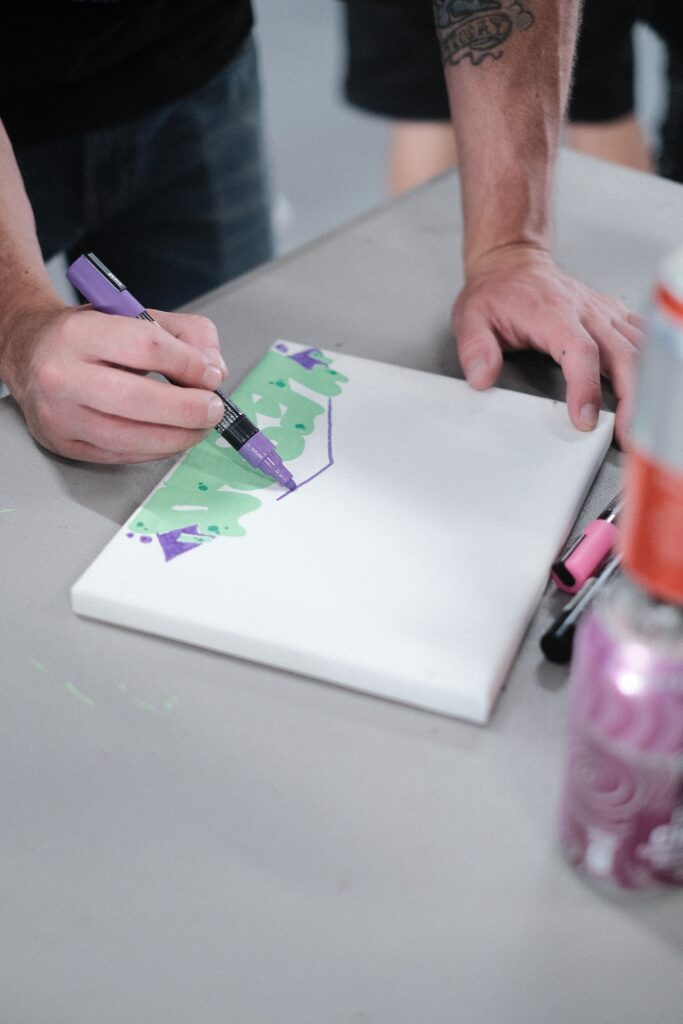
Water-based acrylic paints
Water-based acrylic paints are specifically formulated to be easily diluted and cleaned up with water. These paints are designed to have a higher degree of water solubility, allowing for easier manipulation and cleanup compared to traditional acrylic paints.
Manufacturing process
Water-based acrylic paints are manufactured by mixing pigments with an acrylic polymer emulsion and water. The pigments provide the color, while the acrylic polymer acts as a binder, helping the paint adhere to the surface and form a durable film once dry. Water is added to adjust the consistency and achieve the desired level of water solubility.
Water as the medium
Unlike traditional acrylic paints that often require the use of additional mediums or solvents to achieve certain effects, water-based acrylic paints can be used with water as the primary medium. This makes them more user-friendly and accessible, especially for beginners or artists who prefer to work with water-soluble materials.
Clean-up and dilution
One of the main advantages of water-based acrylic paints is their easy clean-up process. Brushes and other tools can be cleaned simply by rinsing them with water. This eliminates the need for harsh solvents or toxic chemicals, making water-based acrylic paints a safer and more environmentally-friendly choice.
Water-based acrylic paints can also be diluted with water to achieve different levels of transparency or viscosity. This versatility allows artists to create a wide range of effects, from delicate washes to thick impasto textures, all with the convenience of water-based cleanup.
Acrylic paint and water resistance
Once acrylic paint has dried, it forms a water-resistant film that helps protect the underlying surface from moisture damage. This water resistance is one of the key benefits of acrylic paint, as it allows for artwork to be displayed in humid environments or even outdoors without worrying about water damage.
However, it is important to note that while acrylic paint is water-resistant, it is not completely waterproof. Prolonged exposure to water or high levels of humidity can still cause the paint film to soften or eventually degrade over time. Therefore, if you plan to display your acrylic artwork outdoors or in areas prone to moisture, it is recommended to apply a protective varnish or sealant to enhance its water resistance.

Acrylic paint and water solubility
While traditional acrylic paint is not inherently water soluble, there are ways to modify it to achieve water solubility. These modifications allow artists to have greater control over the paint’s drying time, blending capabilities, and ease of cleanup.
Acrylic mediums
Acrylic mediums are additives or extenders that can be added to acrylic paint to alter its properties and make it more water soluble. These mediums can range from flow improvers and extenders that enhance the flow and workability of the paint, to gel mediums that increase transparency and provide texture.
By adding acrylic mediums to the paint, artists can achieve different levels of water solubility and alter the drying time of the paint. This flexibility allows for more experimentation and versatility in the artistic process.
Retarders
Retarders are another type of additive that can be used with acrylic paints to increase their open drying time. These additives slow down the drying process, allowing artists to work with the paint for a longer period of time. By extending the drying time, artists can blend colors more easily and create smooth transitions on the canvas.
Retarders can be mixed with water-based acrylic paints to achieve a water-soluble consistency. This allows for easy cleanup and the ability to reactivate the paint with water even after it has dried.
Advantages of using water-soluble acrylic paint
Using water-soluble acrylic paint offers several advantages for artists and creatives:
Easy clean-up
One of the main advantages of water-soluble acrylic paint is its easy clean-up process. Brushes and tools can be quickly and easily rinsed with water, eliminating the need for solvents or harsh chemicals. This not only saves time and effort but also reduces the exposure to toxic substances, making water-soluble acrylic paint a safer option for artists and the environment.
Non-toxicity
Water-soluble acrylic paints are typically non-toxic and have low levels of volatile organic compounds (VOCs). This makes them a safer choice for artists, especially those who work in enclosed spaces or have sensitivities to traditional solvent-based paints. The reduced toxicity also makes water-soluble acrylic paints more accessible for artists of all ages, including children.
Blending and layering
The water solubility of acrylic paint allows for easier blending and layering techniques. Due to the longer open drying time, artists have more time to work with the paint, blend colors, and create smooth transitions. This enables a greater level of control and flexibility in the artistic process, particularly for techniques such as wet-on-wet blending or glazing.
Water-soluble acrylic paints also lend themselves well to creating transparent or translucent layers, allowing for a range of effects from subtle glazes to bold color washes. This versatility opens up new possibilities for artists to experiment and create unique textures and visual effects in their artwork.

Disadvantages of using water-soluble acrylic paint
While there are many advantages to using water-soluble acrylic paint, there are a few drawbacks to consider:
Reduced drying time
Water-soluble acrylic paints tend to dry faster than traditional acrylic paints. While this can be advantageous in terms of completing artwork more quickly, it can also present challenges, especially for artists who prefer to work slowly or need more time to achieve certain effects. The faster drying time may limit the amount of time available for blending or layering, requiring artists to work in smaller sections or adjust their techniques accordingly.
Less vibrancy
Compared to traditional acrylic paints, water-soluble acrylic paints can sometimes have slightly less vibrancy or intensity in their colors. This is because the water-soluble formulation may affect the pigment dispersion and overall saturation of the paint. While this difference may be subtle and not noticeable to all artists, those who rely on vibrant colors or high saturation may find that water-soluble acrylic paints fall slightly short in this aspect.
Despite these limitations, water-soluble acrylic paints still offer a wide range of colors and effects that can be utilized to create stunning and expressive artwork. Artists may also consider combining water-soluble acrylic paints with traditional acrylic paints to achieve the desired effects and balance between vibrancy and water solubility.
In conclusion, acrylic paint is a versatile medium commonly utilized by artists, crafters, and hobbyists due to its wide range of applications and properties. While acrylic paint is typically not water soluble, water-based acrylic paints provide the option for greater water solubility, easier cleanup, and non-toxicity. Understanding the properties and characteristics of acrylic paint, as well as the benefits and limitations of water solubility, can assist artists in selecting the most suitable paint for their artistic endeavors.
